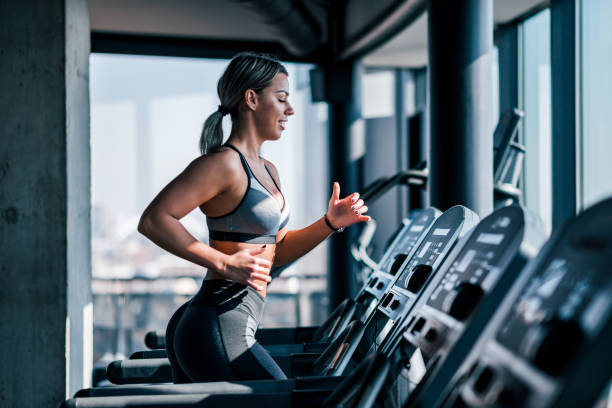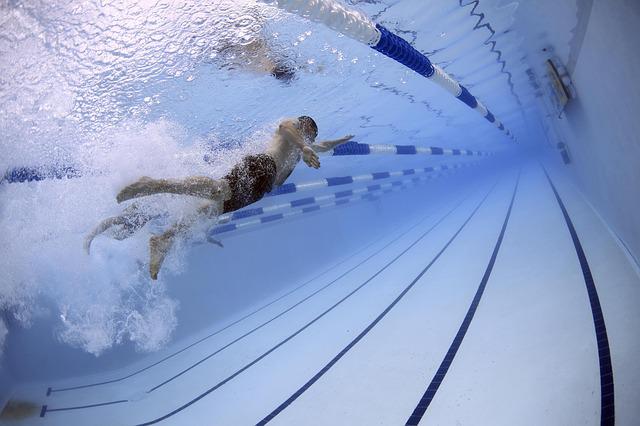What To Look For When Training Outdoors In Winter?
Exercising outdoors in clean air not only strengthens muscles, improves blood circulation, and strengthens the immune system, but also reduces tension and depression. Outdoor training is especially useful during the winter months because on the one hand, the body works harder in the cold and produces more Endor fi n hormones, and on the other hand, more calories are burned during exercise in cold weather.

Choose A Safe Route!
In the winter, it is very important to think carefully about where you are going to train. Early morning or evening workouts aren’t right for you to discover new paths: it’s better to run in familiar terrain in the dark, cold. It is important that the site is well lit so that you can notice any ice patches to prevent accidents. Avoid windy roads and trails, prefer a tree-lined, sheltered route. If you stay in the city, the buildings will protect you from the cold wind and blowing snow.
Watch The Weather Forecast!
Always keep track of the temperature, wind speed, and prevailing wind direction. Exposed skin surfaces, such as the face, can be easily damaged if temperatures below minus 5 degrees are combined with strong winds. Be flexible and if it is extremely cold, snowing, or very icy, stay at home. It is unnecessary to face so many challenges.
Take Care Of Your Dress!
Layered dressing is only really important in winter. The role of the lowest layer in contact with the body is to drain the sweat but keep the garment dry. It is worth investing in garments available as “undergarments” that adhere to such a body.
As a rule, this underwear should be washed after each wear to prevent the growth of bacteria in the sweat, causing an unpleasant odor and causing allergies. Many swear by a good thick cotton dress, but this is a bad choice, as cotton absorbs plenty of water and is difficult to dry, keeping the skin surface constantly moist.
Thus, substances with an otherwise strong absorbent capacity are easily wetted, which increases the risk of hypothermia, i.e. cooling of the body. The middle layer is responsible for thermal insulation and protection against the cold,

It is also important to protect your hands and feet from the cold. This is because, in the cold, the body circulates less blood to the peripheries and more to the middle parts of the body, where the vital organs are. Freezing injuries during winter sports are surprisingly common, as you feel less cold during intense exercise. A cap is also needed in the hot-cold.
The cap provides important protection in terms of heat dissipation, as it is where 30 to 40 percent of the body’s heat dissipation takes place. In minuses, be sure to wrap a scarf in front of your face, but even below 5 degrees, to warm the air entering your lungs.
Don’t Forget To Warm Up!
Warm-up should be taken literally: the temperature of the muscle cells must be raised by about half a degree in order for them to function optimally. This is especially true in cold weather. It is advisable to warm up immediately before starting the workout. in extreme weather conditions, it is important that the warm-up is longer and more intense than usual, as the muscles are exposed to stronger effects and it is harder to warm up than in summer. The feeling of warmth during sports does not mean that shorts and a T-shirt are enough in the cold.
This is because the cold puts a heavy strain on the joints and skin, and the muscles are more easily damaged. In winter, it is advisable to start warming up by jogging slowly, then gradually switch to a more dynamic pace, making movements with a greater range of motion.
It is advisable to prepare the muscles with stretching exercises and to move the full range of motion of the joints. This can significantly reduce the chances of sprains and muscle and ligament tears.
What To Look For When Training Outdoors In Winter? Read More »






